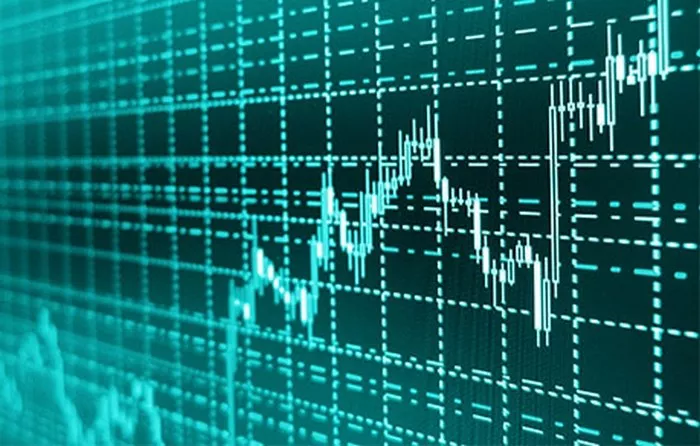In the world of finance and trading, tickers are essential identifiers used to represent various financial instruments such as stocks, bonds, options, and futures contracts. While stocks and exchange-traded funds (ETFs) are commonly associated with tickers, many traders wonder whether futures contracts also have tickers. In this article, we’ll explore the concept of futures tickers, their significance in futures trading, and how they differ from other financial instruments.
What Are Futures Tickers?
Futures tickers, also known as futures symbols or ticker symbols, are alphanumeric codes used to identify futures contracts traded on exchanges worldwide. These symbols serve as unique identifiers that convey essential information about the underlying asset, contract expiration, contract type, and exchange designation. Futures tickers play a crucial role in facilitating trading, price discovery, and risk management in futures markets.
Significance of Futures Tickers
Futures tickers are essential for traders and investors to identify, analyze, and trade futures contracts effectively. By understanding futures tickers, market participants can quickly ascertain key contract details, including the underlying asset, contract expiration month and year, contract type, and exchange where the contract is traded. This information enables traders to make informed decisions, execute trades, and manage risk in futures markets with precision and confidence.
Distinguishing Features of Futures Tickers
While futures tickers share some similarities with tickers used for other financial instruments such as stocks and ETFs, there are several distinguishing features that set futures tickers apart:
1. Root Symbol: Futures tickers typically begin with a root symbol that represents the underlying asset or commodity on which the futures contract is based. For example, “CL” may denote crude oil futures, “GC” may signify gold futures, and “ES” may represent E-mini S&P 500 futures.
2. Month Code: Futures tickers include a month code that indicates the expiration month of the contract. Each month is assigned a unique letter code, with “F” representing January, “G” representing February, and so on. For example, “H” may denote March, “K” may signify May, and “Z” may represent December.
3. Year Code: Futures tickers also include a year code that specifies the expiration year of the contract. The year code is typically represented by the last digit of the calendar year. For example, “1” may represent 2021, “2” may signify 2022, and so forth.
4. Contract Type: Some futures contracts may include additional codes to denote specific contract types or variations. For example, “M” may indicate a micro futures contract, “E” may represent an e-mini futures contract, and “Q” may signify a quarterly futures contract.
Understanding Futures Ticker Example
To illustrate how futures tickers work, let’s consider the futures ticker “NQM21,” which represents E-mini Nasdaq 100 futures expiring in June 2021. In this example:
“NQ” is the root symbol for Nasdaq 100 futures.
“M” corresponds to the expiration month of June.
“21” signifies the expiration year of 2021.
By decoding the futures ticker “NQM21,” traders can quickly identify the underlying asset (Nasdaq 100), contract expiration month (June), and expiration year (2021), enabling them to analyze and trade the contract accordingly.
Role of Tickers in Futures Trading
Futures tickers play a crucial role in futures trading by providing essential information about contract specifications, facilitating price discovery, and enabling efficient market operations. Traders rely on futures tickers to identify, analyze, and trade contracts across different asset classes and exchanges. By monitoring futures tickers, traders can stay informed about market developments, track price movements, and execute trades with precision and timeliness.
Key Considerations for Traders
When trading futures contracts, it’s essential for traders to understand and interpret futures tickers accurately. Some key considerations for traders include:
1. Contract Specifications: Familiarize yourself with the contract specifications associated with each futures ticker, including contract size, tick size, expiration dates, and trading hours.
2. Exchange Designation: Pay attention to the exchange designation included in futures tickers, as contracts with similar root symbols may be traded on different exchanges with varying liquidity and trading conditions.
3. Contract Type: Be aware of any special contract types or variations denoted by additional codes in futures tickers, as these may have different trading rules and characteristics than standard contracts.
4. Market Conditions: Monitor market conditions, economic indicators, and news events that may impact futures prices and trading opportunities associated with specific futures tickers.
Conclusion
In conclusion, futures tickers are alphanumeric codes used to identify futures contracts traded on exchanges worldwide. These symbols convey essential information about the underlying asset, contract expiration, contract type, and exchange designation, enabling traders to identify, analyze, and trade futures contracts effectively. By understanding futures tickers and their significance in futures trading, traders can navigate futures markets with confidence, execute trades with precision, and capitalize on trading opportunities with greater efficiency and success.


